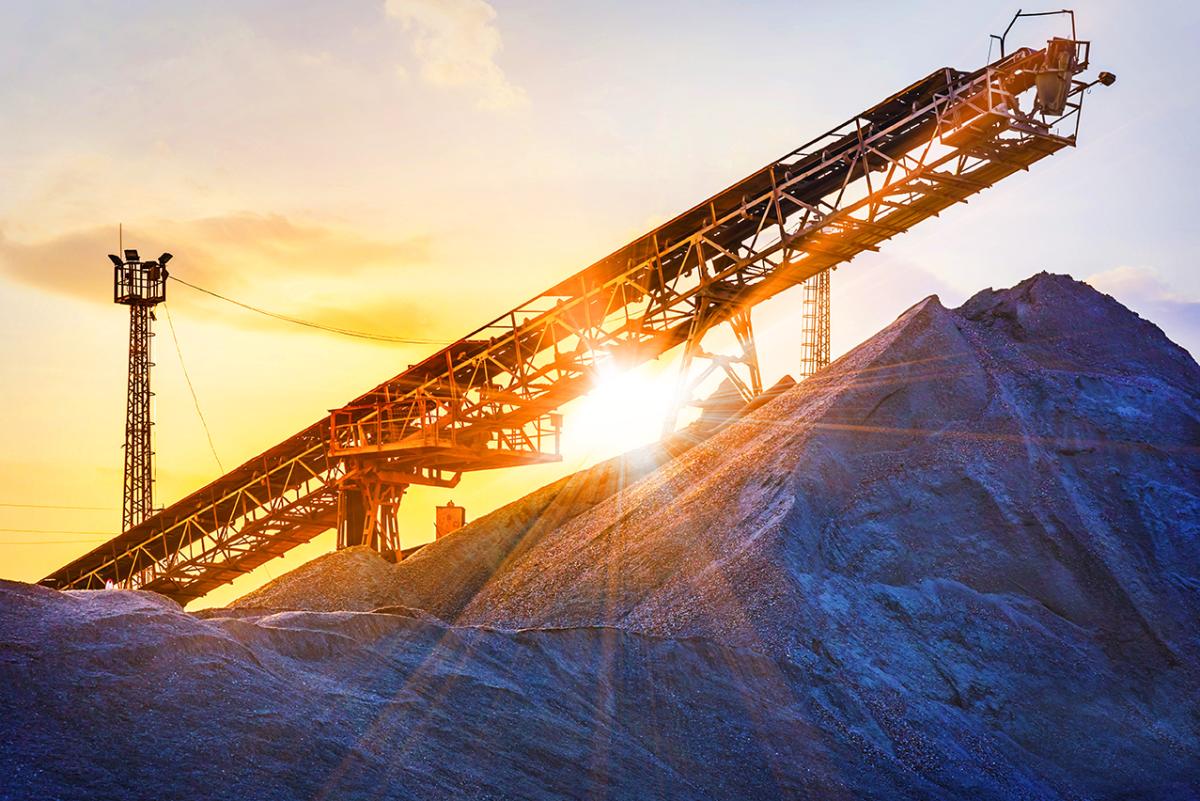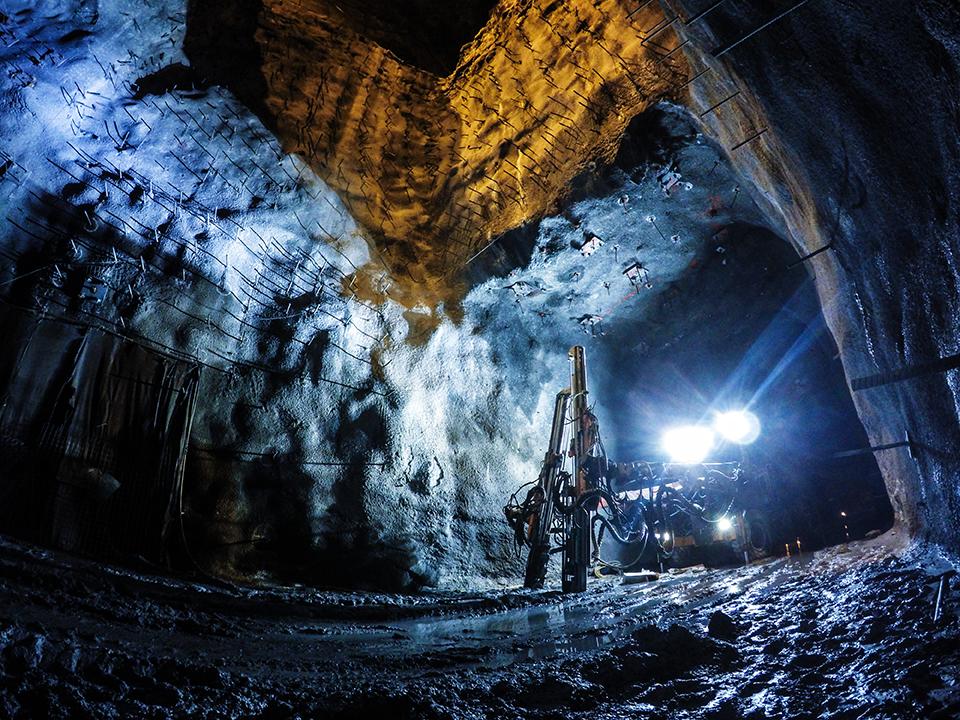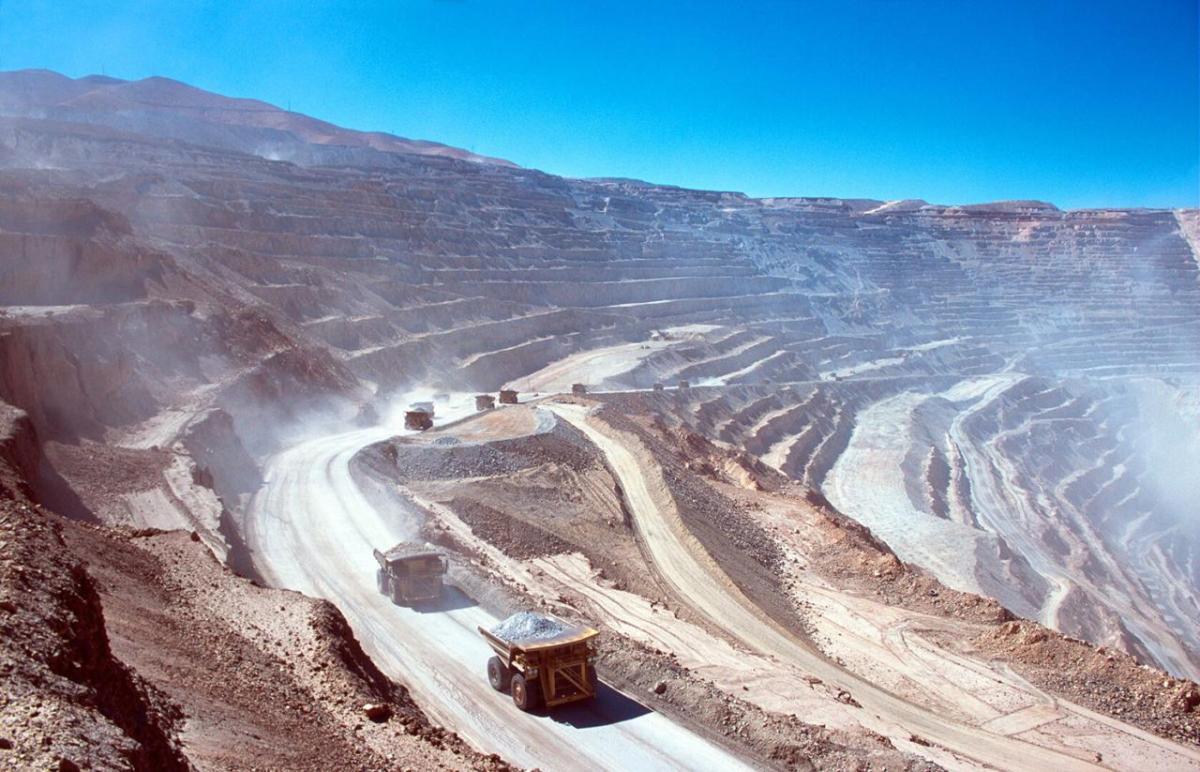5 Technology Trends To Increase Efficiency and Sustainability in Mining
Minerals are critical to the energy transition, as components in clean energy technologies. Mining must become more efficient and sustainable today.
This story first appeared on Baker Hughes’ Energy Forward Stories.
Mining is at a critical crossroads, not just for the sake of its own sector but for the whole world. Simply put, the demand for energy metals and minerals is increasing at a rate that eclipses what the industry historically has been able to supply, and when many resources are becoming more difficult to mine and the ore grades diminishing. At the same time those pressures are mounting, mining must also progress the decarbonization of its own operations.
That’s why at the 2024 International Mining and Resources Conference (IMARC) in Sydney, Australia there were numerous speakers, panels and exhibitors eager to share the latest strategies and technologies that the industry is using to support and accelerate sustainability strategies.
“It presents an existential opportunity and challenge to how we think about breaking the back of [decarbonization],” BHP Australia’s Head of Strategic Services, Gabrielle Sycamore, told the audience at IMARC (at approx. 3min). She was speaking on a panel entitled ‘Collaborative Approaches to Support the Energy Transition and Develop Renewable Energy’. Sycamore’s role is to help BHP “lead the charge” towards decarbonizing its Australian operations and she said strong collaboration is a must to get to Net Zero. “It’s about working across industry to collaborate because we don’t have time to follow traditional ways of trying to solve problems that are facing the entire industry, and mining in particular.”
Despite the challenges, there are reasons to be optimistic. Existing technologies are already available for many of the key areas where mining can become more sustainable, while delivering efficiencies and reducing emissions. It’s true that often there will be some tailoring required for mining applications, which is why cross-industry collaboration is so important.
Here are five key areas where there are directly applicable technologies available today to help the mining industry be more efficient and decarbonize:
1. Optimize operations with data-driven insights
Mining has traditionally been challenged in deploying digital monitoring solutions owing to the one-two punch of harsh environments and remote locations. Modern sensors and improved connectivity make now not just possible but a game changer.
Miners already have a lot of operational data, now it’s time to put it to work. Solutions include:
- Remote monitoring for asset performance management (APM), where real-time insights help to take better care of expensive equipment, enable maintenance before a failure, reduce downtime and generally extend the life of the asset
- Production automation and process optimization improves safety and efficiency by using AI to streamline systems
- AI-driven data analysis solutions unlock new ways to optimize, from suggesting ways to achieve better resource recovery to smaller environmental footprints
To find out more, read our other story here.
2. Taking care of another precious resource: water
Mining and water go hand-in-hand, and there are vast quantities involved, whether its excess water during mine exploration and development, or water required for mineral processing. By deploying more efficient water management systems, miners can maximize their water efficiency which in many cases is critical for their social license to operate. Solutions can include:
- High-pressure, flexible pipe systems that are more adaptable and durable than traditional heavy steel piping, reducing installation costs and environmental impact
- Advanced pumping systems ensure reliable performance for water transfer and dewatering and require engineering that’s designed for challenging conditions
- Specialty chemicals and valves, working in tandem with monitoring solutions for precise flow control to minimize waste
3. Expertise for going deep
As ores become deeper and more complex to reach, technologies to maximize resource extraction and minimize environmental impact become ever more important.
Innovative solutions can reach and extract resources with minimal environmental impact. For resource assessment and exploration, expert techniques are available to help identify, evaluate, and develop mineral deposits with greater accuracy.
To plan and design geothermal lithium projects, the Baker Hughes team collaborates with project developers to understand geology and environmental conditions to build subsurface models, in order to create optimal extraction plans and designs while maximizing mineral recovery and minimizing waste.
Expertise in geothermal energy development is also helping mining companies tap into a clean and sustainable energy source.
4. Sustainable power plays
Reliable power is a must for mining operations, which are integrating more renewables but still require energy source flexibility. AI-augmented power management helps bring it all together. Solutions include:
- Gas turbines for a low-emissions power source with enhanced fuel flexibility
- Microgrid solutions to help miners reduce their reliance on the grid and shrink their carbon footprint by integrating more renewable energy sources, a big focus at solar- and wind-rich Australian and Chilean mine sites
- Digital power management tools that use AI algorithms to optimize energy usage in real-time, reducing costs and emissions
5. Net-zero technologies
Other key areas to explore are hydrogen and carbon capture, utilization and storage (CCUS). Some of the solutions available today include:
- Hydrogen energy solutions across the entire value chain – production, transportation and utilization – to help decarbonize operations
- CCUS – a range of solutions that not only store carbon to reduce emissions but have the potential to unlock new revenue streams
Baker Hughes has more than a century of global experience in the extractive resources industry, making operating in tough environments second nature for the team and essential for its technologies.




